May
03
— Thru —
Aug
03
“Seismos” Edina Tokodi & Chaney Trotter
The Gallery at LPR invites you to celebrate the opening of the art exhibition Seismos by Edina Tokodi & Chaney Trotter on Wednesday May 3rd, 2017. Click here for more info and RSVP.
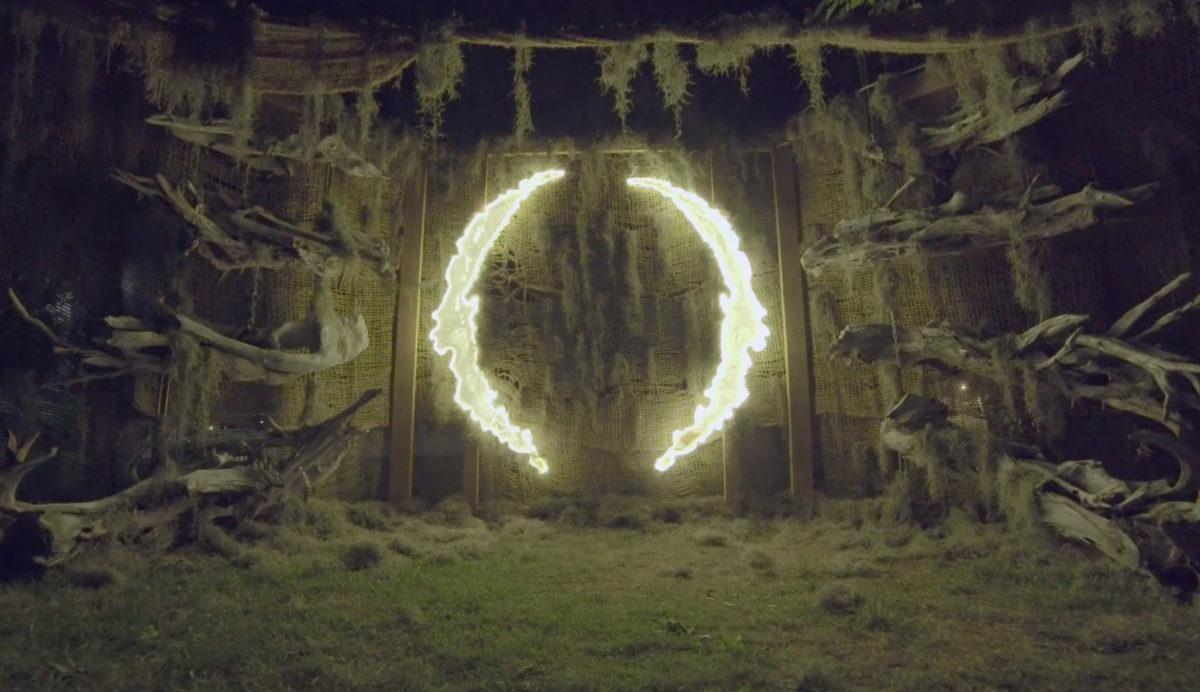
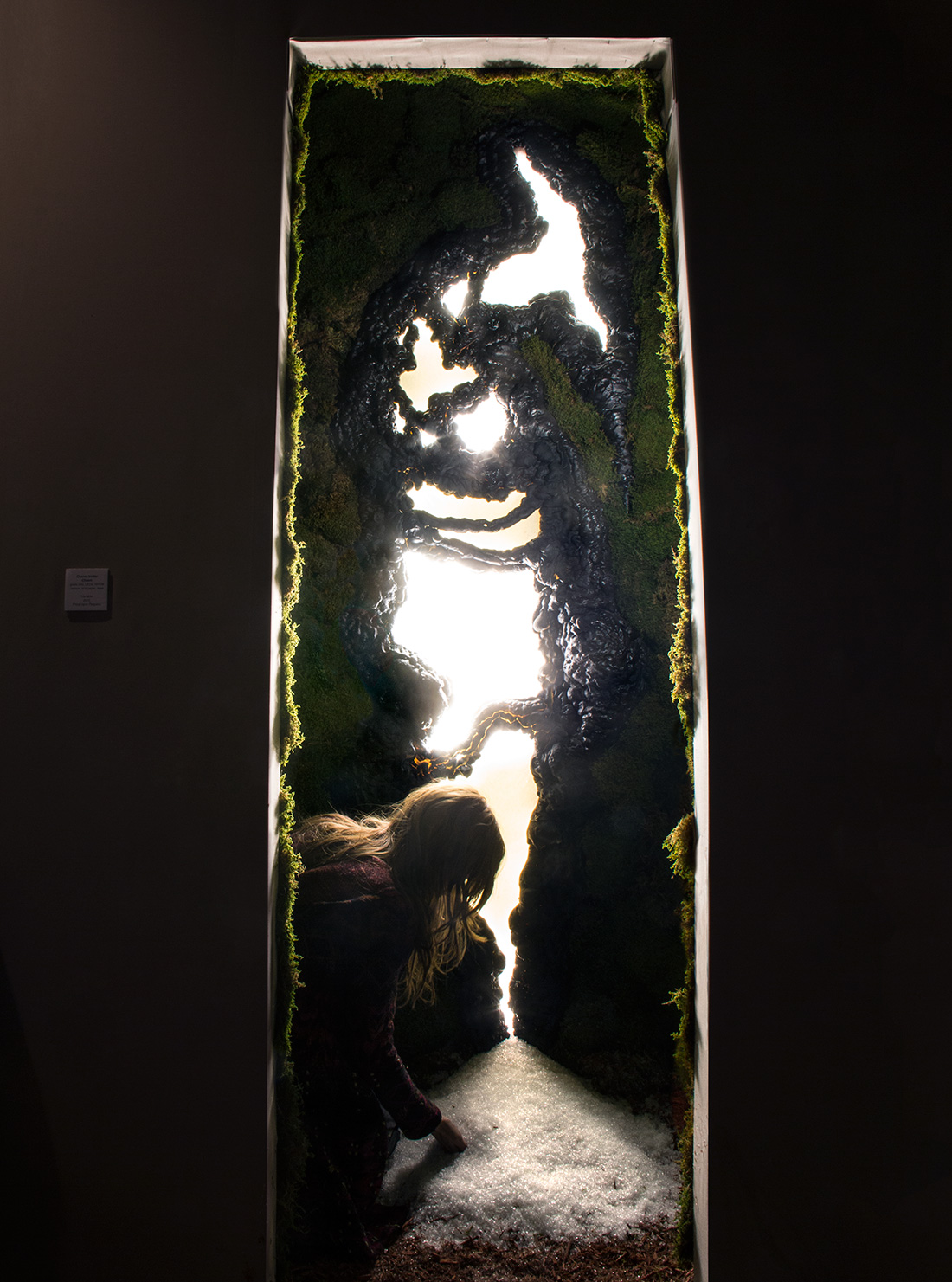
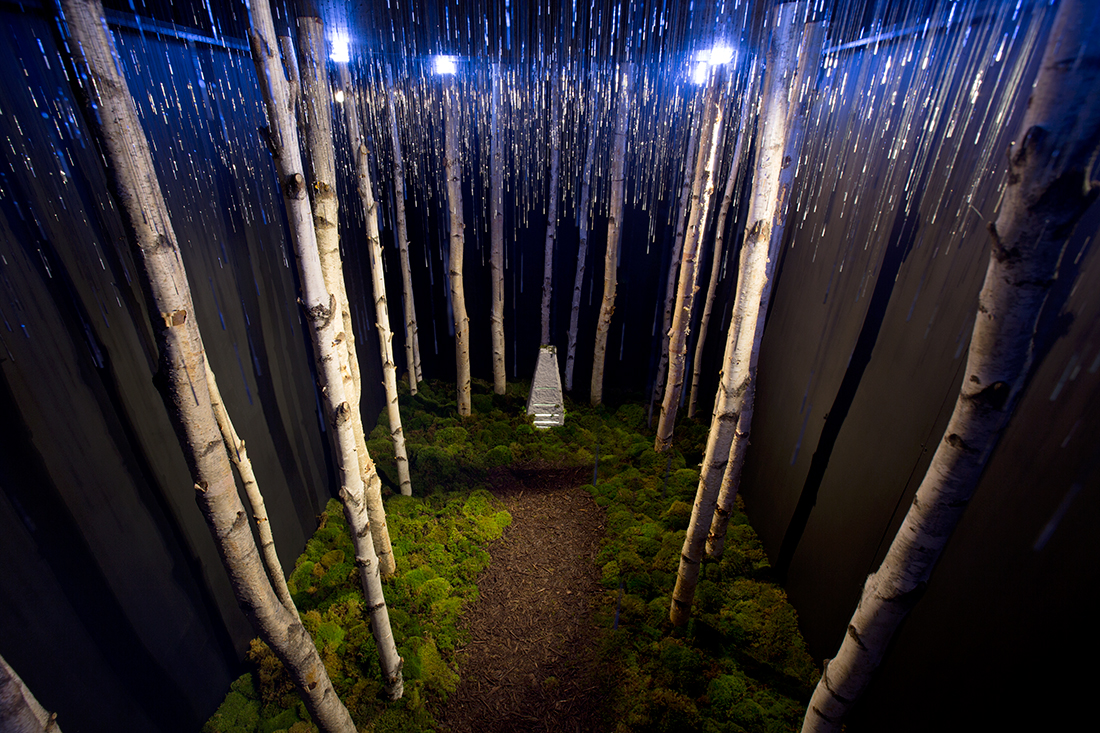
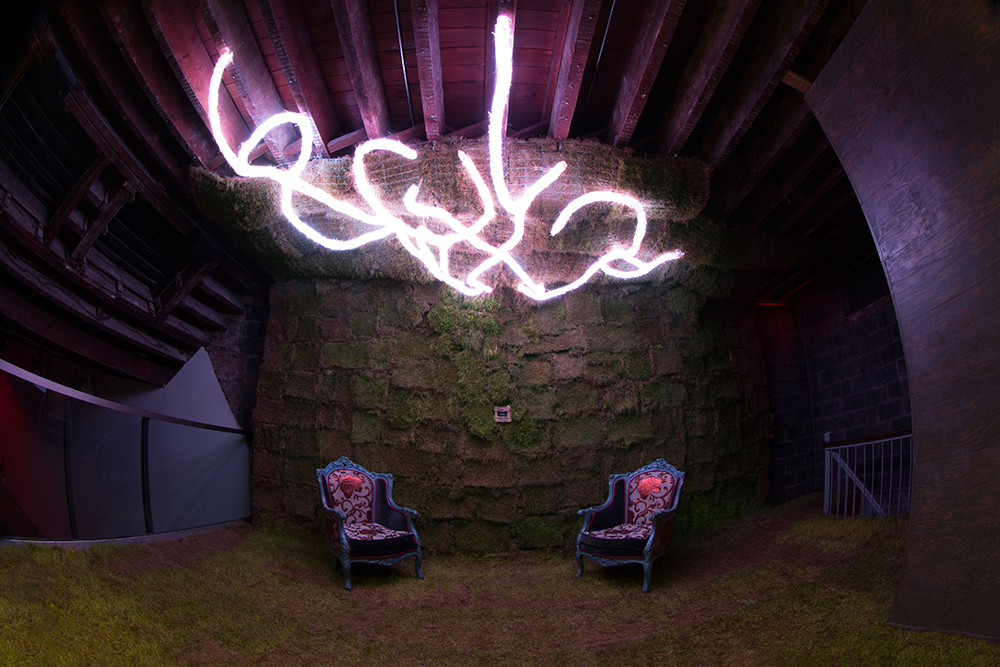
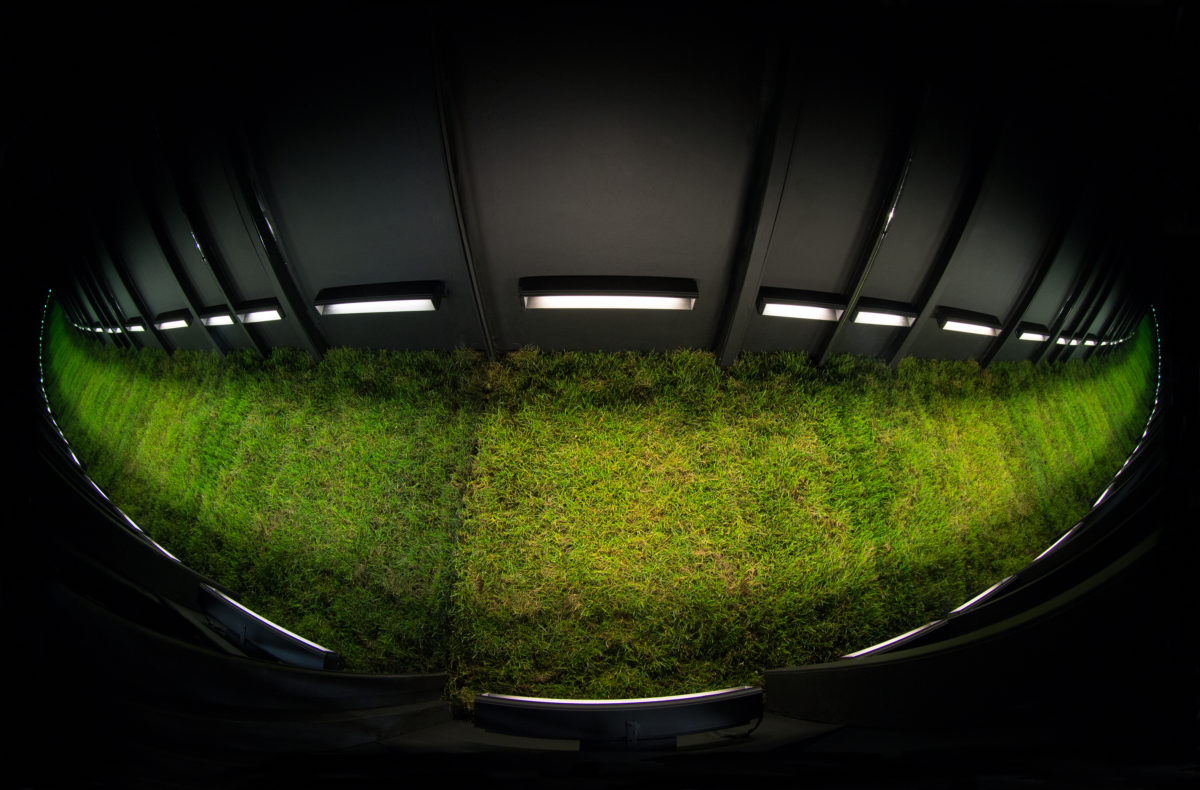
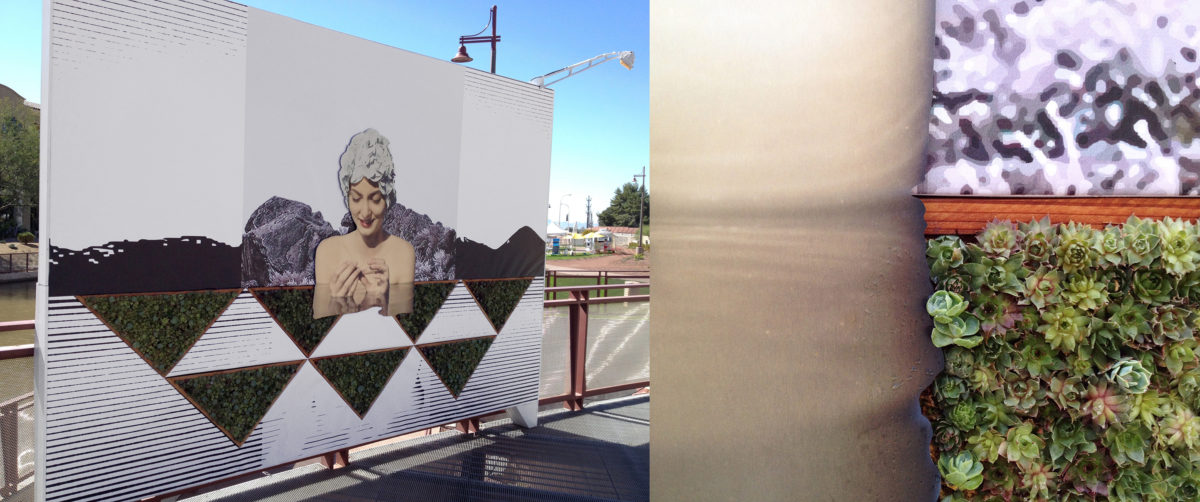

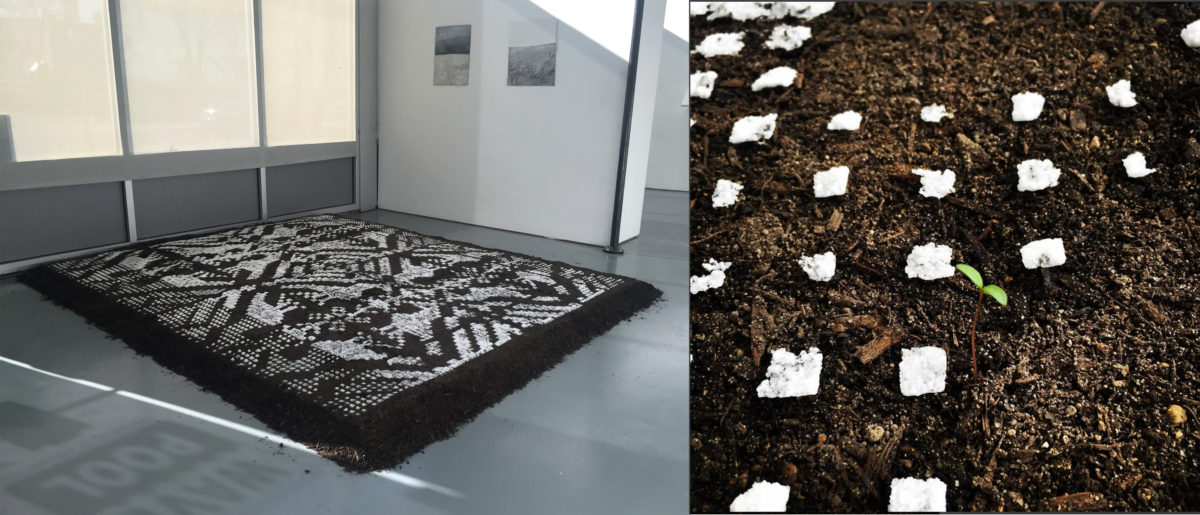
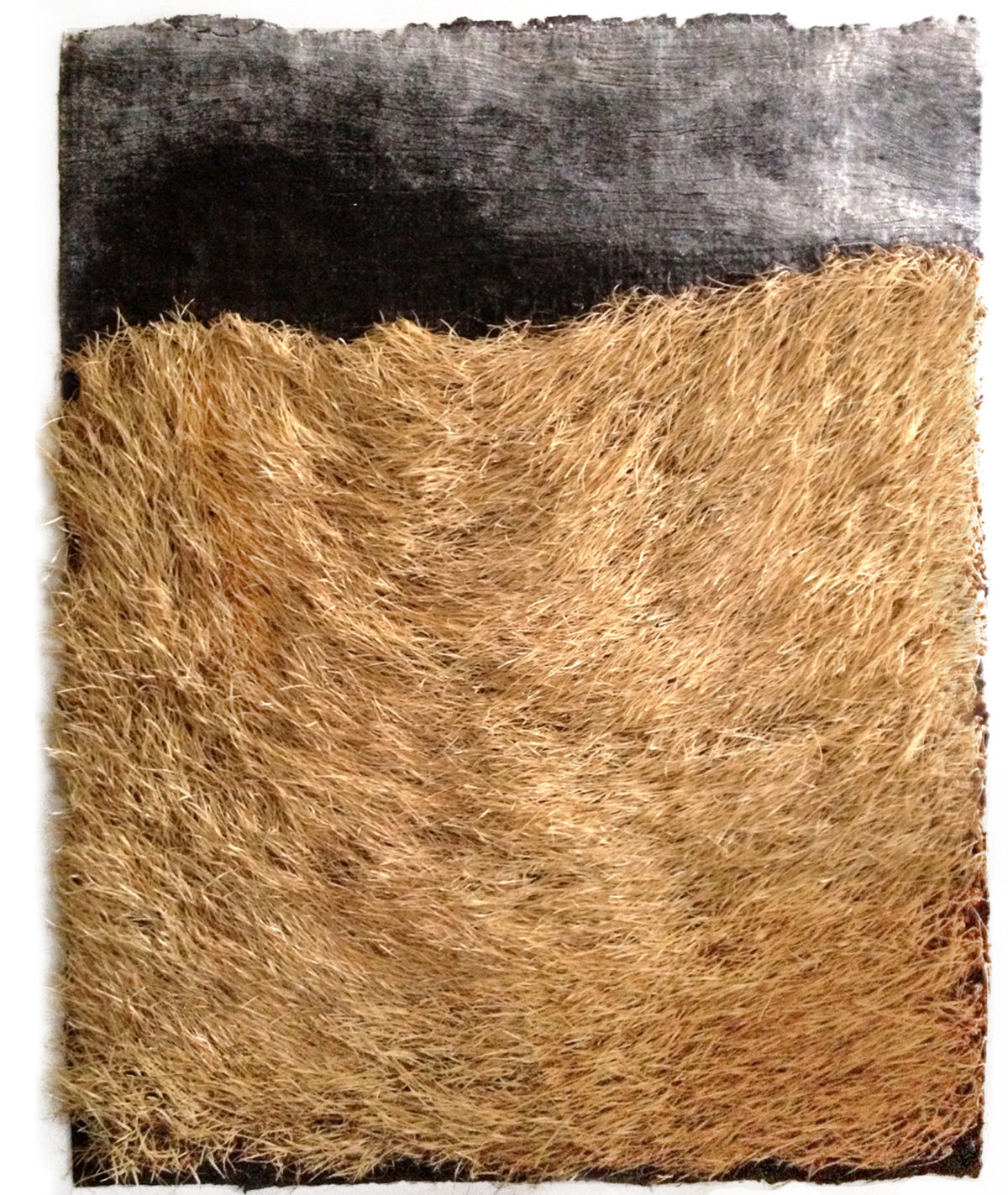
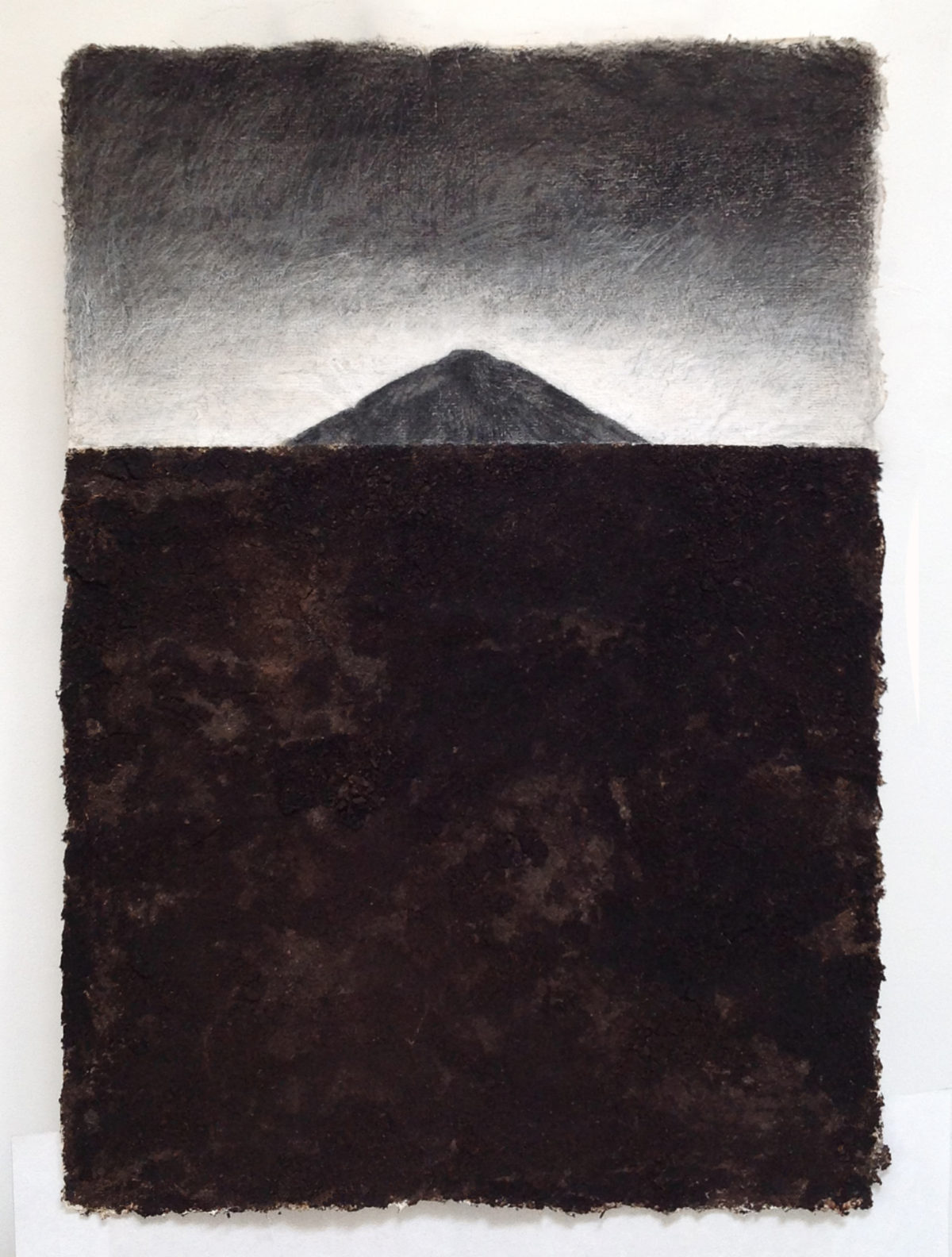

ARTIST STATEMENTS:
My site-specific installations are inspired by Japanese Zen gardens and informed by a given space’s total environs, whether organic or manmade. Using the city as a canvas to re-create and animate otherwise anonymous spaces or abandoned zones, I work with live plants, moss, and other natural/ephemeral materials to accentuate urban dynamics and possible states of renewal.
My art incorporates “green guerrilla” strategies to bring nature more fully into exhibit space, creating a visually unexpected fusion of art and the environment. Using urban greenery—including plants native to the neighborhood—I intend to reflect on the cycle and the resilience of life, advocating sustainable living and participation in the metamorphosis of an evolving visual culture. My installations playful, calling to mind a more familiar natural state in contrast to sometimes cold urban norms.
Transferring my public sculptural installations from street to gallery settings highlights the idea that fine art need no longer be limited by white-box confines—that instead, we might embrace a new art-viewing environ. In turn, this underscores the understanding that “street art” need not be limited to outdoor space or temporary relevance.
My work interrupts the daily visual landscape by bringing the outside in and inviting the public to study it in an artistic and contemplative manner. This engagement would reflect in the pieces themselves; the natural materials would develop symbiotically in response to the conditions of the site and through prolonged interaction with audiences my living installations are specifically created to be playful, nostalgic even, and call to mind a more familiar, environmentally friendly state that might dissolve cold urban norms or patterns. I believe that it is very important to let art play a prominent role in public spaces, primarily because direct relations between people and their environment is one of the most tangible signs of a mentally healthy state. I believe that if everyone had a garden to cultivate, we would have a much more balanced relationship with our surroundings.
I want my art pieces to become “instruments” or “catalysts” for this integration process not in the applied but integrated way of everyday life. It is within this contrasting atmosphere that this installation will invite interaction, thus allowing audiences to reclaim their bond with nature.
My actions contain the critical view of our attitude towards living in and with nature as well as my passion for it.
—Edina Tokodi
When we enter an abstraction of the world’s natural forces—even at a significantly smaller scale—we are reminded of humanity’s position as a slight, isolated pulse among the infinite cacophony of happenings occurring throughout the cosmos. Even as the realm of science continues to categorize and demystify biological agents of the world, a sudden storm or plate-shifting tremor can jolt us out of the evolutionary hierarchy we have come to assume and reminds us just how immense and uncontainable these forces can be. Our ancestors created temples that honored these elements, yet as our tools and our approach to architecture advanced over centuries passed, our willingness to believe in mythological narratives drifted away. As a counter to this loss, my installations take inspiration from both natural phenomena and modern day architecture to create hybrid shrines that imply a hypothetical collaboration between powerful earth forces and present-day carpenters. I imagine modern beings exploring an atavistic reverence for mysticism, utilizing elements such as LEDs, plywood, metal brackets, etc. along with organic substances such as moss and driftwood to bring these two realms together. The resulting totems, altars, or walls of reflection stand as portals to an alternative world where mythology and scientific thought coexist and seek to redefine the construction of sacred spaces.
—Chaney Trotter
ARTIST BIOGRAPHIES:
Edina Tokodi
Edina Tokodi is an installation and graphic artist from Hungary. Tokodi studied graphic arts and printmaking at the Hungarian Academy of Fine Arts and later moved to New York where she founded Mosstika, a creative studio that incorporates plant life and other materials found in the local natural environment with photos or graphic elements to dissolve the barriers between private and public space, the organic and inorganic elements of the urban landscape, and nature and art. Tokodi has been featured in numerous publication such as The New York Times’ T Magazine and Lens Blog, Wooster Collective, Dwell, Gothamist, Ballista Magazine, Inhabitat, and Greenopolis. Her work has been exhibited all over the United States, including in New York, Philadelphia, Cincinnati, Scottsdale, and San Francisco, and abroad in Budapest, London, Berlin, Tokyo, and Milan. Tokodi currently resides and works out of Brooklyn, New York.
Chaney Trotter
Chaney Trotter is a painter and installation artist originally from Houston, Texas. Trotter received her Bachelor of Fine Arts from the University of Southern California, her Post-Baccalaureate degree from Maryland Institute College of Art, and her Master of Fine Arts from Parsons The New School for Design.
Trotter’s work interweaves the realms of science and mythology by constructing immersive environments and relics that are totemic in nature. These icons blend both natural and manmade forces into single entities, utilizing stories from the past as a platform for intricate narratives about the present. Her paintings and installations construct these methodologies through a myriad of iconographies, archaic symbols, and contemporary characters caught in the flux of modern myth-making, addressing the way that belief systems rooted in logic and/or mysticism consistently shift power unto one another.
Trotter has been featured in publications such as The New York Times, Artnet News, Whitewall Magazine, Gothamist, Artlog, Hyperallergic, What Weekly Magazine, Artist Portfolio Magazine, and others. She has exhibited work across the United States, primarily in California, Baltimore, Texas, and New York City, and abroad in Amsterdam. Trotter currently lives in Manhattan and continues to make work out of her studio in Long Island City.

